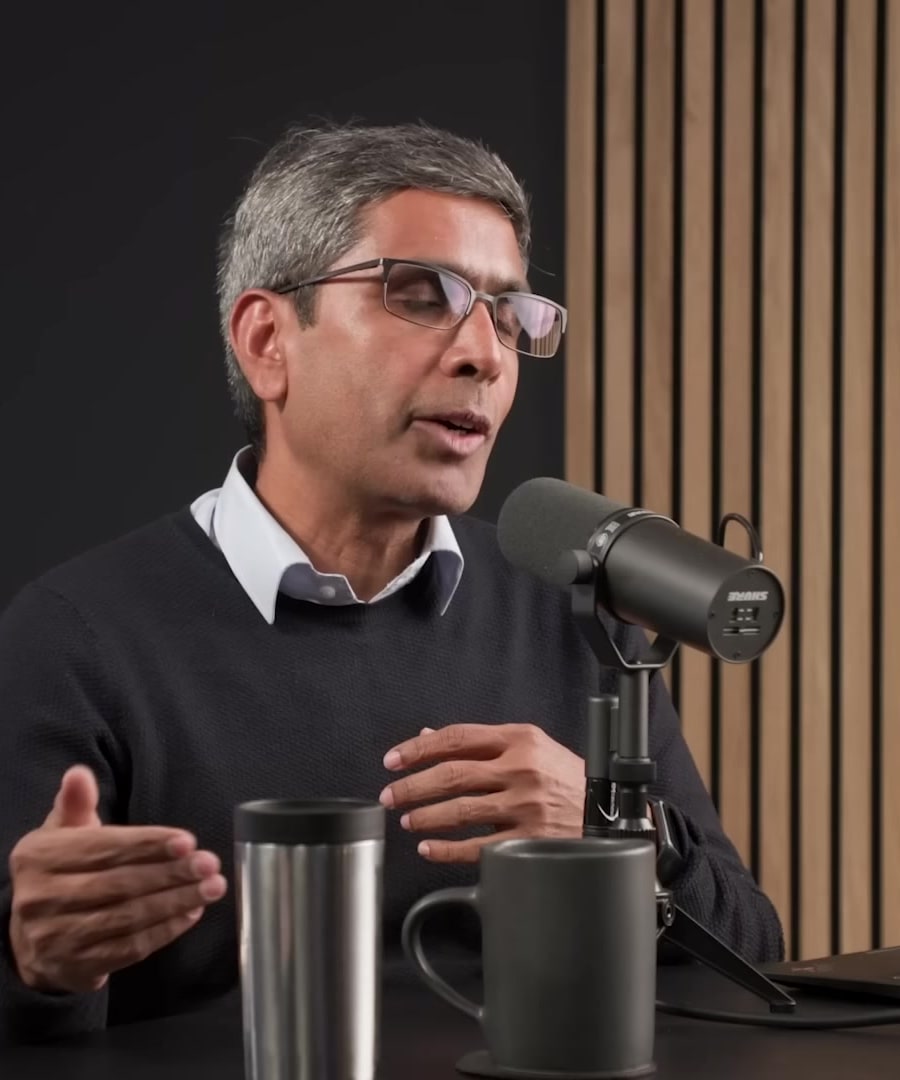How to prevent prostate and bladder problems?
Sources:
Maintaining prostate and bladder health can involve several strategies as discussed on the :
-
Cycling with the appropriate equipment:
- Use a noseless and wider seat to distribute weight evenly and relieve pressure on perineal nerves and arteries.
- Avoid slouching or leaning forward to maintain good posture which benefits the pelvic floor 1.
-
Managing triggers for prostate health:
- Limit intake of irritating substances before bed, such as caffeine or alcohol, to reduce nighttime urination.
- Recognize that foods and drinks like spicy or acidic ones, caffeinated beverages, and alcohol can irritate the bladder.
- Adjusting lifestyle habits to minimize these symptoms may help maintain prostate and bladder health 2 3.
-
Pelvic floor considerations:
- Engage in exercises that strengthen the pelvic floor to ensure proper muscle function.
- Medications like tadalafil can decrease congestion in the prostate and may serve additional health benefits beyond treating erectile dysfunction at lower doses.
- Maintaining adequate blood flow to the pelvic region, avoiding long periods of sitting, and ensuring proper hydration may support the prostate and pelvic floor health 4.
Please consider these findings as informational and consult with a healthcare professional for personalized medical advice.
-
Can I loose my weight by 10 kilos in 3 months
Sources:
Losing 10 kilos (approximately 22 pounds) in 3 months is a goal that many people have and is typically achievable with the right approach. Here are some insights from the that may assist in developing a strategy for weight loss:
-
Realistic Goal Setting: Creating a plan with realistic and gradual goals can be effective. This approach encourages sustainable changes rather than expecting immediate results. For instance, losing a small percentage of body weight each quarter could lead to the overall goal without excess stress or risk of injury 1.
-
Physical Activity: Enhanced physical activity, especially that which is challenging and engages cardiovascular exertion, can play a pivotal role in weight loss and building tenacity and willpower 2.
-
Dietary Changes: Time-restricted eating, where you limit your eating to an 8-12 hour window, could benefit weight loss and overall health 3. Furthermore, quality of food and consistency in good nutrition practices contribute to better weight management 4.
-
Tracking Tools: Tools like step counters and calorie trackers, while not perfectly accurate, can assist in maintaining higher levels of non-exercise activity thermogenesis (NEAT) and provide relative measures of increased physical activity for weight loss 5.
-
Rapid Weight Loss Considerations: Some research suggests that people who lose more weight early on are more likely to keep it off. However, rapid weight loss must be managed properly to ensure it doesn’t negatively affect health, and any transformation plan should involve a balance between sustainability and initial "buy-in" from rapid initial progress 6.
-
Professional Guidance: Engaging with professionals such as dietitians, trainers, or chiropractors could help you adjust your diet and exercise routines in a sustainable way that promotes fat loss without injury 1.
To reach your weight loss goal, you should combine these strategies with a commitment to consistent effort and, if possible, seek professional guidance. It's also essential to understand that while losing weight at a steady pace is possible, the rate of loss can vary greatly from person to person.
Always consult a healthcare provider before beginning any new diet or exercise program.
RELATED QUESTIONS-
How to prevent prostate and bladder problems?
Can I loose my weight by 10 kilos in 3 months
- RELATED QUESTIONS









